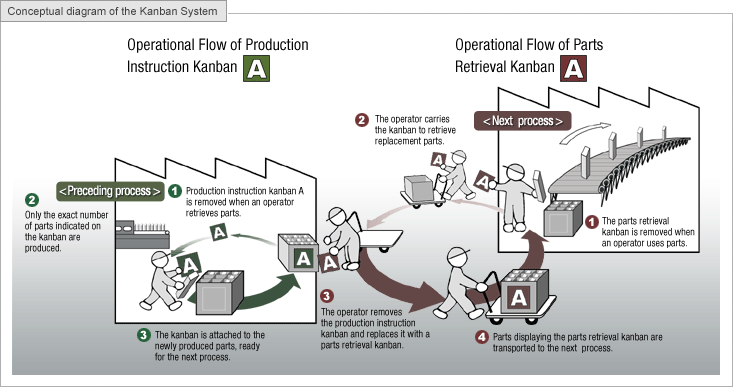JIT has been a golden supply chain management model ever since people noticed Toyota’s success with it in the 1970’s. It has become the flagship business model of operational excellence. Almost every business owner pursues the use of this supply chain model as the bible of operation. However, many of these business owners ignore their business scale differences from Toyota. Why is JIT so attractive? Well, it offers irresistible advantages, such as zero/lowest inventory (extreme case), low cash demand, less financial and business liability, agility with business changes… From a purely ideal perspective, it is the best practice for everyone in the supply chain. It is almost too good to be true!
If something is too good to be true, then it often is. When Murphy’s Law comes into play, the JIT model could push a supply chain to the highest overall overhead cost, highest risk, and slowest response time, which is totally opposite to the original plan. This is especially true for fast changing and inconsistent orders that are based on customized contract manufacturing. In worst cases, JIT can even kill a business. JIT could become a self-destructive business mechanism if “every” business in the supply network uses the same extreme JIT model! The complexity of a subcontractor network actually enhances the impacts of Murphy’s Law.

A supply chain consists of a network of subcontractors in a series of tiers, all the way down to the basic raw materials. To make a batch of customized parts, a subcontractor has to set up special tooling, train people, dial in manufacturing process, establish QA process, set-up/adjust all related equipment, get in materials, etc. In a perfect world with the JIT model, every tier of subcontractor adopts a build-to-order business with NO limit of materials, equipment capacity, engineering resources, labor resources, MOQ on materials, and cash. When you place an order, the whole network of subcontractors is supposed to start to work on your order “immediately” as if they have nothing else to do but wait for your PO (an in-experienced buyer would mostly likely think this way). However, in reality, every subcontractor is actually optimizing their own opportunities, and only doing what gets them the most profit for their resources. Unless your job is the highest paying in the world, it is very likely that no one is putting the manufacturing of your product on the top of their to-do list.
So what happens in this case? If you have bad luck, your JIT order could never get built at all, because your parts could not even move through the supplier/subcontractor network; a result of not being at the top of the to-do list of one or more of your subcontractors. For those that get built, you have to push your product through with relentless effort through each of the subcontractors, while overcoming delay after delay, and solving one problem after another. Just-in-time could become never-on-time.
The JIT model could be further paralyzed by quality problems with the bill of material (BOM) manufacturing. This is likely to occur unless every sub-contractor has “0” defects. If not, considering Murphy’s law due to the built-to-order nature, the quantity of defective parts from one sub-contractor could affect all tiers of other subcontractors’ work in a cascading effect. As an example, if one subcontractor has defective parts and he does not find out in time, parts will be passed to the next tier’s subcontractors. If he were to try and replace defective parts, he would have to build a low volume order of those defective parts, and so do the rest of affected upper tier sub-contractors. This will cause a significant delay because it becomes a much less profitable job with much higher amortized overhead cost. The risk of quality problems becomes even higher with such an unprofitable job. As a result, the delivery of the order becomes even longer. As this problem keeps occurring, the manufacturing evolves into a vicious circle of delays and emotional problems. Eventually, the order could even become undeliverable, meaning a total supply chain failure.
So what might be the solution? A resilient supply chain requires the initiator to plan both safety inventory buffers at all level of supply chain, and back-ups of each subcontractor, so alternative paths in the case of failures can be utilized in a timely manner. To do this, it requires trust, commitment, and responsibility of every subcontractor, and also veteran level onsite project management specialists to switch out the failures and start up back-up subcontractors at the fastest speed. This will remove or minimize the risks of Murphy’s Law. The limit of JIT model has to be planned in from the very beginning of the design of a supply chain.




